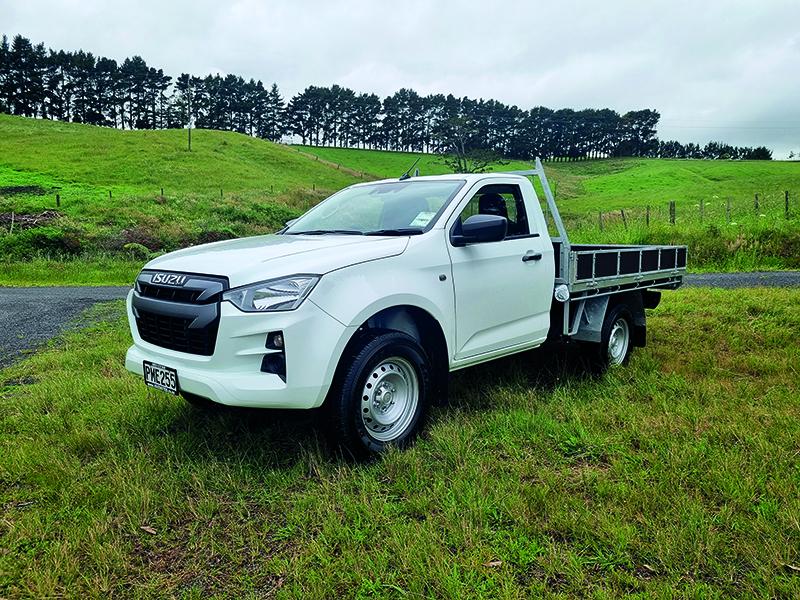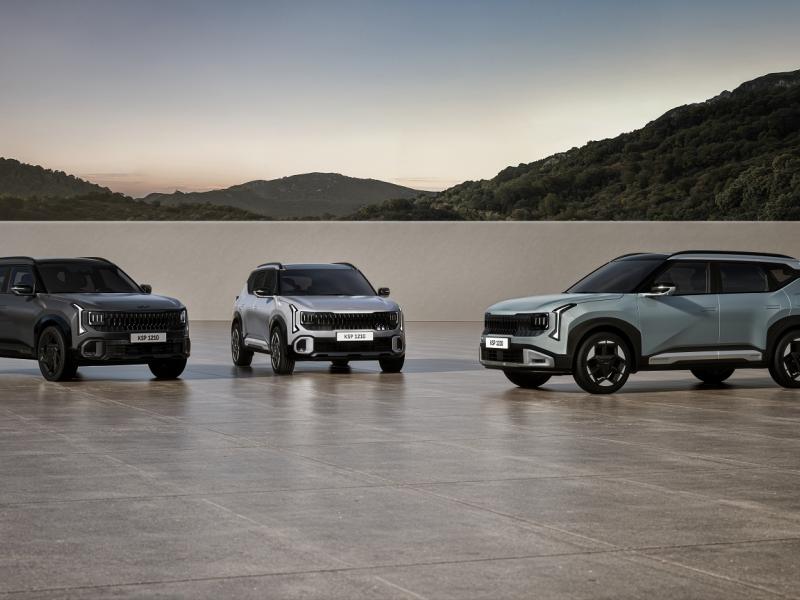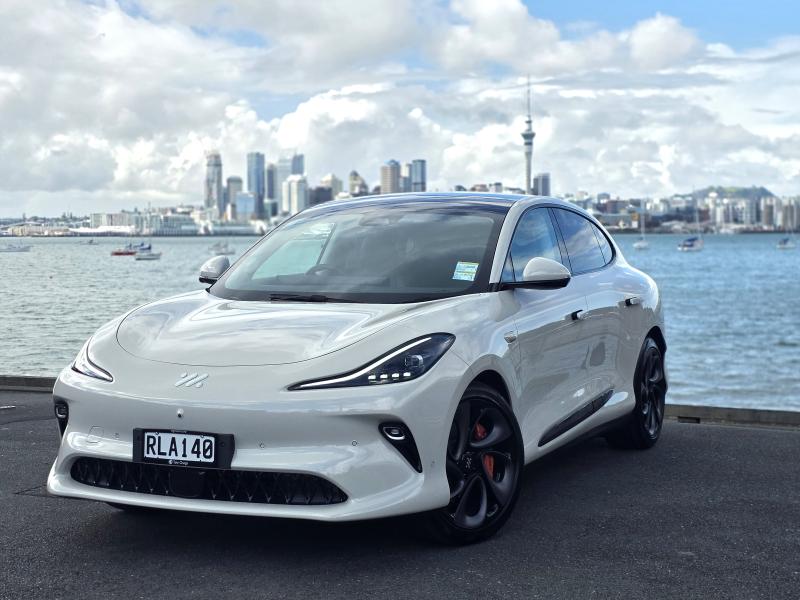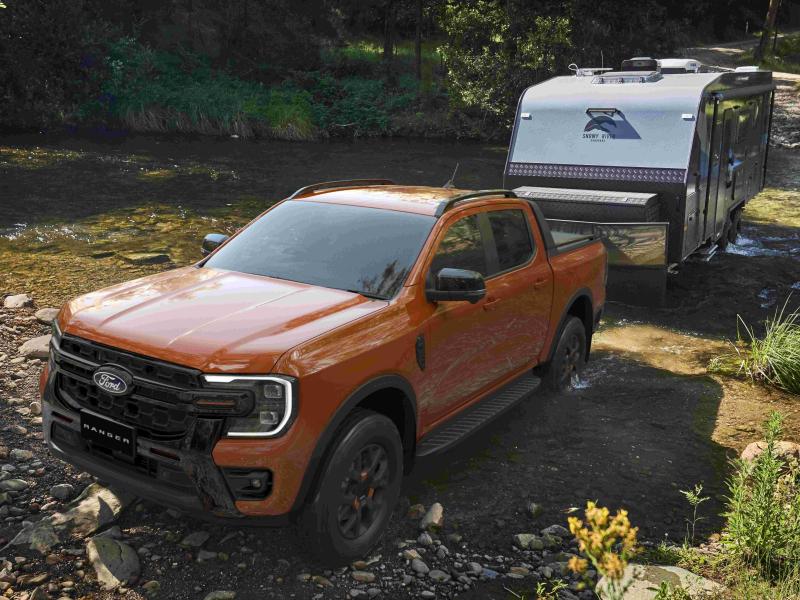The Clean Car Scheme is not a nice prospect for local auto distributors, and it affects some more than others, as everyone looks at ways of reducing their across-the-range CO2 outputs.
Isuzu is one such company and – at the announcement of the CCS – Isuzu was in for a rough time of it with everything in its range exceeding the Government’s mandated CO2 target.
The parent company has no PHEV or EV development plans that we are likely to hear about in the 12 months, but there was a small glimmer of tax relief in the availability of a 1.9-litre turbocharged engine which – up until now – was not a relevant engine in New Zealand.
Isuzu’s RZ4E-TC has been part of the Australian D-Max solution for some time, replacing the previous 2.5-litre.
In New Zealand, the preference was – and still is – for larger displacement engines. We greedily lapped up the 4JJ3-TCX three-litre turbodiesel with its 140kW/450Nm, which became the hero powerplant here. Then that CCS thing happened.
With the CCS in mind, Isuzu New Zealand has introduced the 1.9-litre RZ4E-TC for one model – the single cab chassis 2WD – despite the engine also being suitable – and designed – for 4WD models.
We take the 1.9 in single cab only despite Aussie having this and a crew cab 4x4 equipped with the 1.9 turbo, which we would have thought to be the better option. Decisions above our pay grade.
As far as the general drive is concerned, the only significant difference between the performance of the 1.9 and the three-litre is the 1st, 2nd and 3rd gear shift meshing.
The 1.9 is not as smooth as it is when mated to the three-litre – the transmissions are the same Aisin AWR6B45 II 6-speeders – but then it doesn’t really have to be, given that a single cab is pretty much an on-the-farm and occasional run-into-town setup.
And the transmission/engine matchup is a minor consideration only. Does the 1.9-litre engine make a significant difference when it comes to CO2 reduction?
The 1.9 burns diesel at a reduced rate, shaving a 1.1 litres per 100km off the posted figure of the three-litre and blows back 24gm/km less CO2, so yes, there’s an improvement on both counts, but not enough to eliminate a penalty tax.
Clearly, there is going to be a power and torque discrepancy between the 1.9 and the 3-litre engines, but we suspect this will only be noticeable if and when the D-Max is under its maximum load – and we don’t mean when there is a tray full of haybales either.
No, the D-Max would have to be well laden or towing its top end weight in order for the difference to be worthy of any consideration and, just for the record, the payload of 1380kg compares favourably to the 1320kg of the 4x4 though its braked towing rating of 3000kg is a little lighter than the 3500kg of the 4x4.
For regular road travel, the 1.9-litre seems quick enough off the line, hinting at Isuzu’s experience with turbocharged engines.
The interior appointment is very much an indicator of the target market. There is little to rave about here, except to say that the original D-Max built the brand in this country with something very similar and it did very well.
This was roughly 12 years ago, and the D-Max has been through a few evolutions since then, delivering the very latest in safety features to ensure the integrity of its five star ANCAP rating, but some would say the current D-Max is trying too hard to be ‘like every other pretty ute’ with the latest incarnation.
The 1.9-litre adoption may well be a smart move for the D-Max, as it brings the Isuzu back into the spotlight with its ‘honest working truck’ appealing to this year’s working ute buyer.






